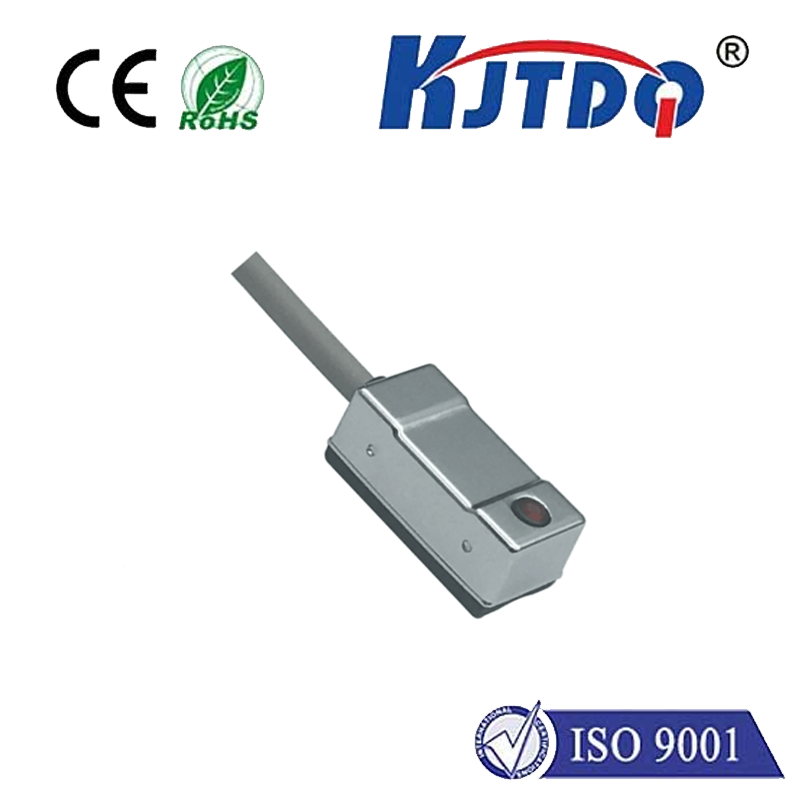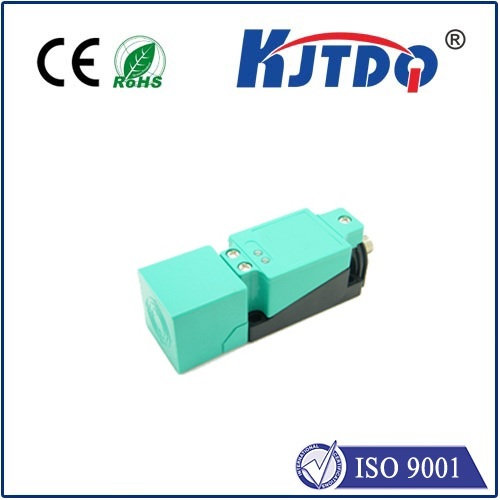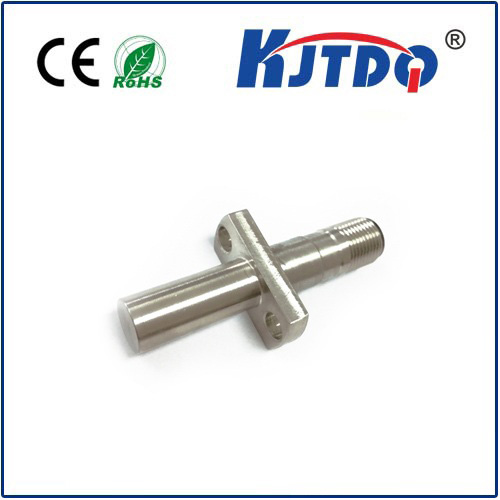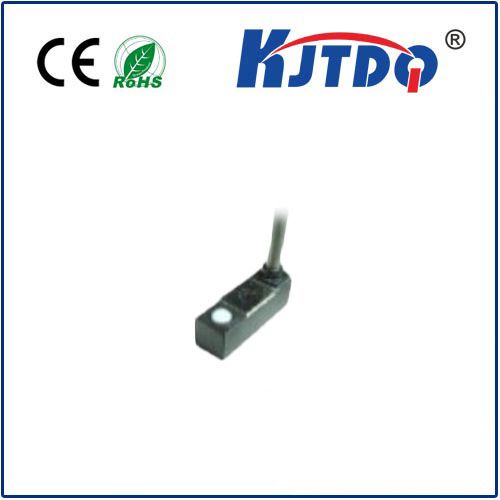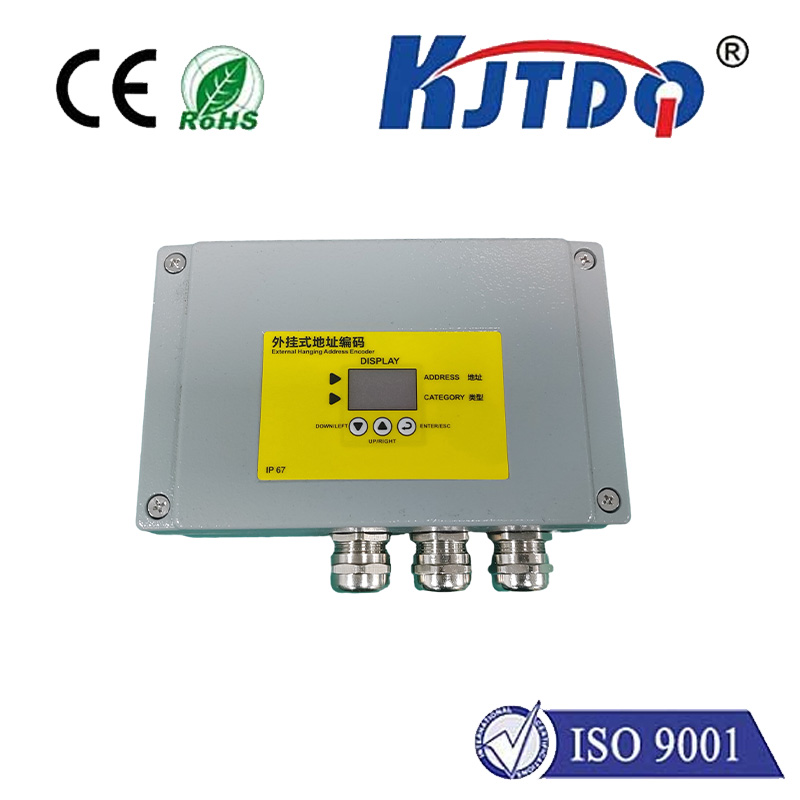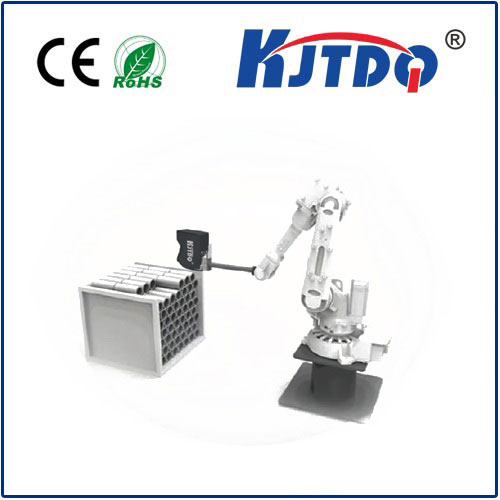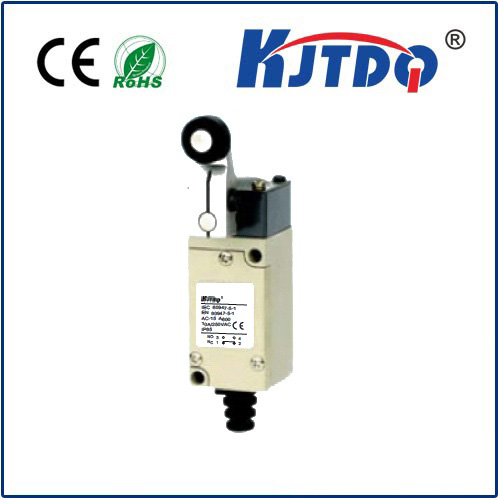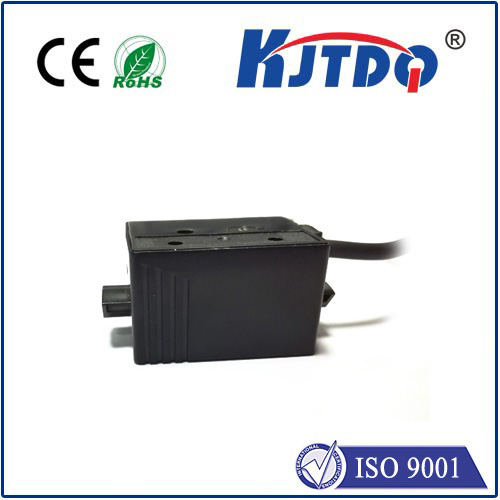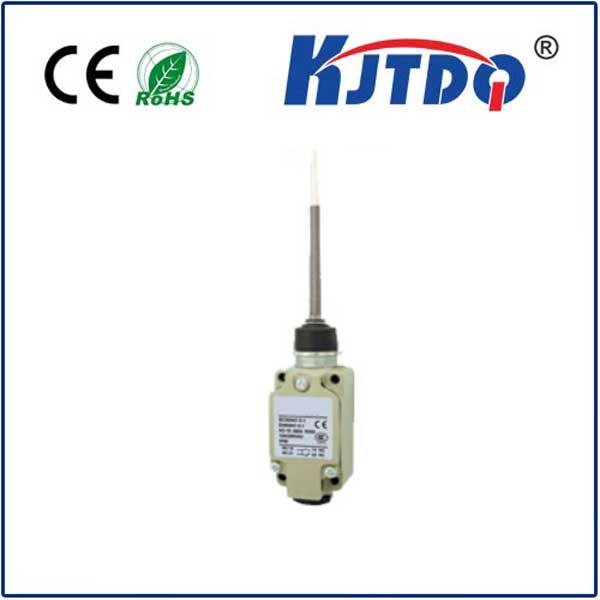
check

check

check

check
Introduction:
A proximity sensor is a type of electronic device that detects the presence or absence of an object in a given distance. One popular version of this sensor is the 120V proximity sensor, which uses electromagnetic fields to determine the distance between the sensor and the target object. In this article, we will explore the basics of 120V proximity sensors, their applications, and how they contribute to automation systems.
Section 1: The Working Principles of a 120V Proximity Sensor
A 120V proximity sensor works by emitting a weak electromagnetic field that travels towards the target object. When the object comes into contact with the sensor's antenna, it disrupts the flow of the electromagnetic field, causing a change in the sensor's electrical signal. This signal is then processed by the sensor's circuitry, which generates a reading indicating the distance between the object and the sensor.
Section 2: Applications of 120V Proximity Sensors
One of the most common applications of 120V proximity sensors is in automated systems for opening and closing doors, gates, and other barriers. By using a combination of a door controller and a proximity sensor, these systems can detect when an object (such as a person) is approaching and open the door automatically. Another application is in industrial automation, where proximity sensors are used to monitor the position and movement of machines in real-time, ensuring optimal performance and safety.
Section 3: Advantages of Using 120V Proximity Sensors
There are several advantages to using 120V proximity sensors in automation systems. First, they provide accurate and reliable detection of objects regardless of their size or shape. Second, they can operate over a wide range of distances, making them suitable for various applications. Third, they are easy to install and maintain, requiring minimal wiring or calibration. Finally, they offer flexibility in terms of programming and control options, enabling users to customize their automation systems to meet specific needs.
Conclusion:
In conclusion, a 120V proximity sensor is a vital component in modern automation systems, providing accurate and reliable detection of objects in a variety of applications. By understanding the basic working principles and advantages of these sensors, users can make informed decisions when selecting and deploying them in their projects. As technology continues to advance, we can expect even more innovative applications of proximity sensors in various industries and sectors.
